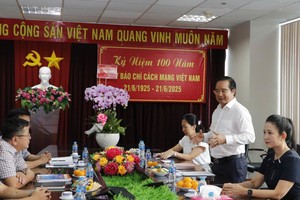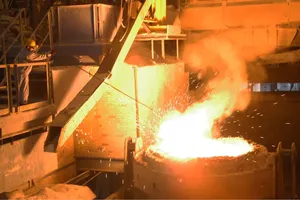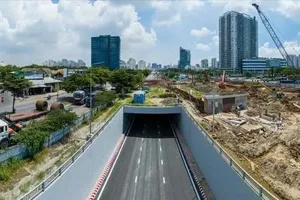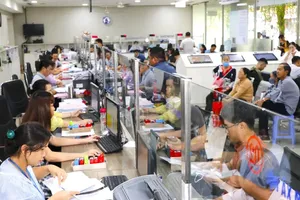
Under the plan, Ho Chi Minh City has set an environmental pollution reduction target for 2025.
Accordingly, Ho Chi Minh City must achieve at least 80 percent of household waste being treated by waste-to-energy technology that converts waste into energy by using heat, towards a goal of reaching 100 percent by 2030; 100 percent of garbage vehicles that meet technical, safety, and environmental requirements; 100 percent of waste transfer stations that must ensure safe environmental distances and national technical regulations; and a rate of urban wastewater expected to reach 58 percent by 2025 and 88 percent by 2030.
To achieve these goals, Ho Chi Minh City has outlined tasks and solutions, including strengthening the participation and coordination of departments, agencies, the Fatherland Front Committee, socio-political organizations, grassroots-level People's Committees, and relevant units in propaganda works of environmental protection, climate change response, nature conservation, and biodiversity preservation.
In addition, the city must improve policy mechanisms to attract investment in environmental sectors, ensuring fair and easy access for investors in the research and development of environmentally friendly technologies.
On the other hand, the southern metropolis needs to enhance management capacity, develop human resources, consolidate organizational structures and leadership personnel, modernize infrastructure, and strengthen inspection of resource management, environmental protection, and climate change response.
The city must also promote high-tech investment and encourage the adoption of advanced technologies and equipment in production and business activities to minimize waste, thoroughly control and treat pollution, convert waste into energy, and protect as well as enhance the quality of the ecological environment; focus on infrastructure solutions aimed at reducing environmental pollution; and strengthen partnerships and cooperation with neighboring provinces, regional localities, and international partners in managing and addressing issues related to natural resources, environmental protection, and climate change adaptation.
























